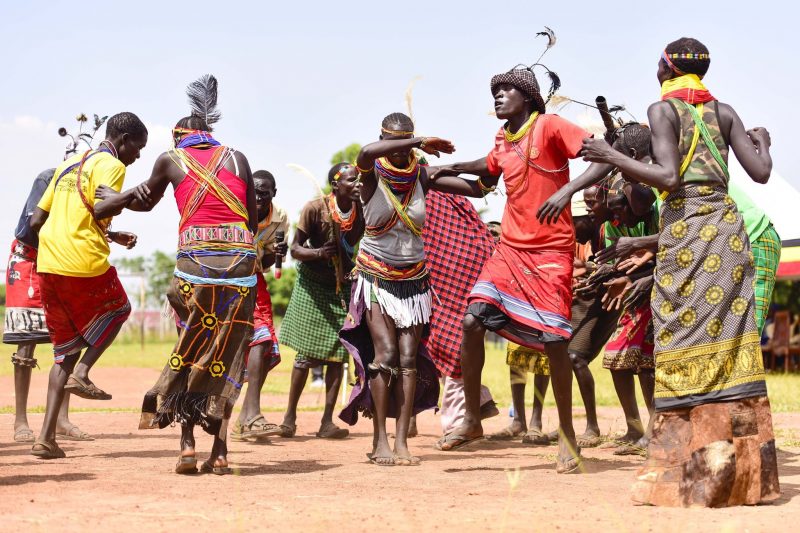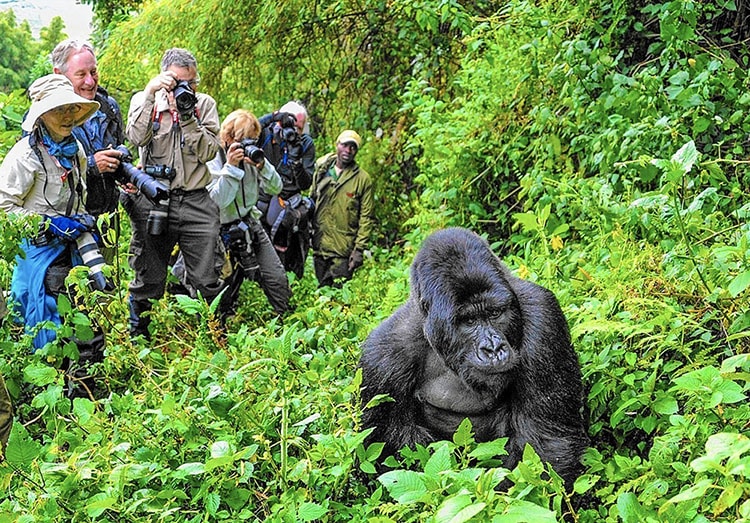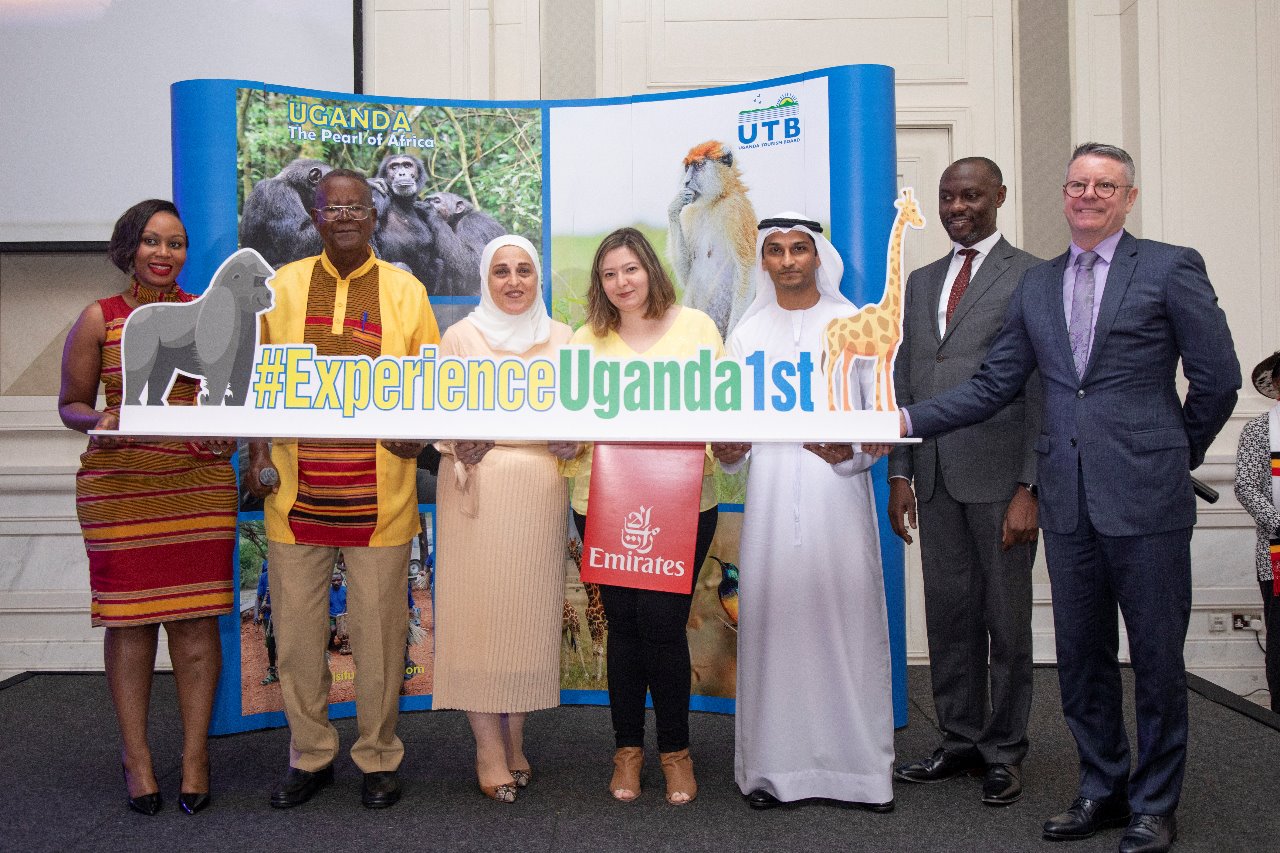The Iteso (or people of Teso) are a Nilo-Hamites ethnic group in eastern Uganda and western Kenya. Teso refers to the traditional homeland of the Iteso, and Ateso is their language. Iteso is plural (two or more people from Teso), Etesot and Atesot are singular. Etesot is for male person from Teso and Atesot is feminine. Iteso are believed to have migrated from Abyssinia (Ethiopia).
In Uganda, Iteso inhabit the districts of Soroti, Kumi, Katakwi, Amuria, Bukedea, Serere, Ngora, Pallisa, Kaberamaido, Tororo, Kapelebyong and Kalaki. Iteso are known to be a very generous and hospitable group of people. The cultural drink of Iteso is ‘ajon’, commonly consumed in local ceremonies and social gatherings. They practice crop and animal farming and attach great value to land.

History/Origins
Teso traditions relate that they originated somewhere in modern day Egypt in the area of Alexandra. They are believed to have descended from the Hebrew Joseph who had married a black Egyptian. Later when the Israeli slaves left Egypt for the promised land, the group followed the blue Nile river into Ethiopia. They then moved in a south easterly direction and settled in North Eastern Uganda, in what is now Karamoja. The word Karamoja lends itself into Karamojong which means ” the old person is fatigued”.
Legend has it that either as a sect, a clan or of a similar tribal identity to the Karamojong, it is from here that they obtained the name Iteso, a derivative word, meaning “graves”. The oldmen-the Karamojong- where concerned, perhaps even anxious that if these group of Karamojong moved on, they would die hence becoming “graves”, from which the word “atesia” originates, and the tribal name, Iteso, took on.
Some accounts indicate bible or scriptural influence where by the Iteso saw a land, part of the promise to Jacob, the grandson of Abraham, as a land divided by small rivers originating from the White Nile, theirs was the Upper Nile area. From the Ethiopian mountains is where they saw the land. They later migrated south West over a period of centuries.
They are part of a larger group of Eastern Nilotic people (Ikatung’a,Oltung’a,Itung’a) which include; the Maa(Samburu and Maasai),Turkana of Kenya, Nyangatom of present-day Ethiopia, Karamojong and the Toposa of South Sudan. The Ateker further split into several groups, including Jie, Turkana, Karamojong and Teso.
The Teso established themselves in present-day north-eastern Uganda and western Kenya near Mt.elgon, and in the mid-18th century some began to move farther south. During the course of this latter migration, conflicts ensued with other ethnic groups in the region, leading to the split of Teso territory into a northern and southern part. Teso warriors
Ugandan Teso
In 1902, part of eastern Uganda was transferred to western Kenya – leading to further separation of Teso. Northern Teso occupy the area previously known as Teso District in Uganda (now the districts of Amuria, Soroti, Kumi, Katakwi, Pallisa, Bukedea and Kaberamaido). Southern Teso live mainly in the districts of Tororo, Bugiri and Busia in Uganda, and Busia District in Kenya’s Western Province.
In Uganda, the Iteso live mainly in Teso sub-region, i.e., the districts of Amuria, Bukedea, Butebo, Kaberamaido, Kapelebyong, Katakwi, Kumi, Ngora, Serere and Soroti, but also in Bugiri and Pallisa, as well as in the districts of Tororo and Busia. They number about 3.2 million (9.6% of Uganda’s population). Until 1980, they were the second largest ethnic group in Uganda.
As of 2002 they were the fifth largest but this has remained questionable especially since there has never been any genocide that could have massacred more than a half of the Iteso populace. Most of the Iteso therefore contend that they are still the second largest ethnic group in Uganda. In fact the figure portrayed by UBOS is rather a political statement than an accurate recording of the Iteso in Uganda.
Most Teso elites continue to argue that, since the national budget is disbursed based on population numbers, some individuals in government often manipulate these figures to suit their political interests and as such, as long as the current NRM government continues in power, the national population census figures can never be accurate but rather will continue to serve selfish political interests in order to justify why some areas in the country like Teso, remain poor and underdeveloped.
Teso people are the only Plains Nilotic people whose lifestyles underwent drastic changes. Having been pastoralists since time immemorial, these people are now the most successful farmers in both Western Kenya and Eastern Uganda. In recent years the people have changed much of their lifestyle. They used to exhume the dead after some time because of population pressure on their land and they no longer have bushes to dump the bones of people who died long time ago. Now they use cement graves—a sign that they have embraced new ways of dealing with the dead. They believe in one God (Akuj) and also in life after death.
About Guide2Uganda
Guide2Uganda (www.guide2uganda.ug) is the most comprehensive source of information about Uganda that exists on the web, with more content on Uganda and surrounding towns, attractions, museums and galleries than any other online guide that currently exists for Uganda as well as being a dynamic news and comprehensive events driven site with content being added daily.
According to WeFollow & Peer Index (whom both measure online influence) we are among the most influential online media organizations in Uganda. We were also awarded for ‘’Best Destination Website in Uganda’’ by Jumia Travel Uganda in the 2017-2018 Africa Travel Awards. If you are planning a visit to Uganda you can always reach us on; info@guide2uganda.ug




